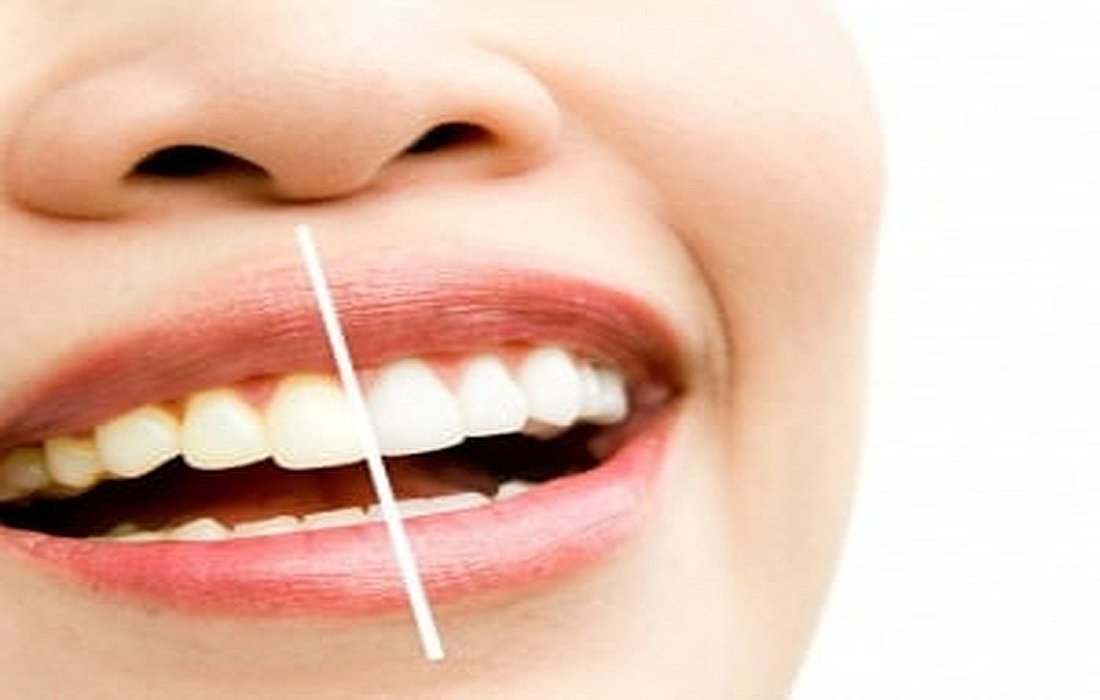What Causes Tooth Discoloration?Why do teeth change color?
From the moment children’s primary teeth begin to form, it is important to teach them about dental care. The purpose of these habits is to prevent gum and tooth diseases, ensuring their teeth maintain a natural color in the future.
The first tooth that appears is commonly known as a baby tooth and comes out of the gums when the child is about 5 months old, although this age can vary. Typically, people have 20 teeth; 10 on the top and 10 on the bottom, categorized into different types. The front teeth are the most visible and are located at the front, with canines behind them, and molars emerging at the back between the ages of six to eight years.
These molar teeth do not move and thus are more susceptible to cavities and discoloration. During this age, kids often lose their teeth, gradually revealing their permanent teeth.Wisdom teeth.They can emerge at any age, typically without any specific reason, and the process can be quite painful as these teeth usually erupt in the least convenient spaces. There is no particular function for these teeth.
All teeth in this state are completely visible, while the part that is not visible is called the root, located in the gums, known as dental sockets. If dental care is neglected from an early age, the likelihood of tooth discoloration is very high, especially regarding oral health.SelMagz.We want to explore why teeth change color and how we can prevent this discoloration.
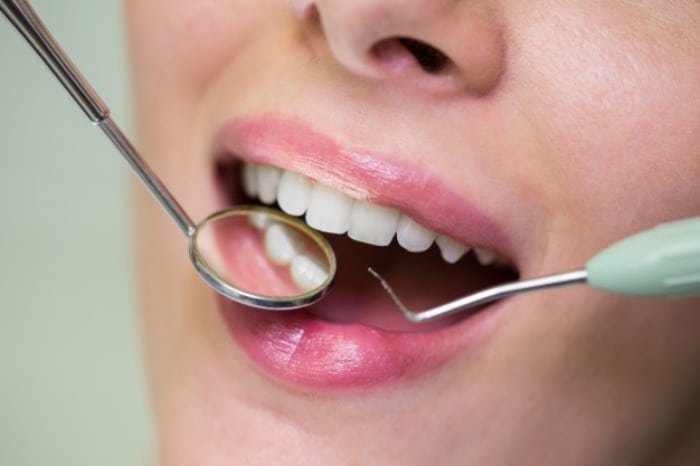
Main Causes and Factors Influencing Tooth Discoloration
Many factors can cause teeth to change color. Teeth can gradually lose their color and undergo internal changes due to various processes. Dentists categorize discoloration into three types:
External Discoloration:
This occurs when the outer layer of the tooth changes color due to consumingcoffee,sodaor other colored foods and drinks, with smoking also contributing to this issue.
Internal Discoloration:
This happens when the internal structure of the tooth becomes darker or yellower. Causes include exposure to fluoride during childhood and the consumption oftetracycline antibioticduring the second half ofpregnancyor for children aged eight or younger.
Age-Related Discoloration:
This can be a blend of internal and external factors. Additionally, smoking and diet can also play a role. As a person ages, the outer layer of teeth thins, making them more susceptible to damage.
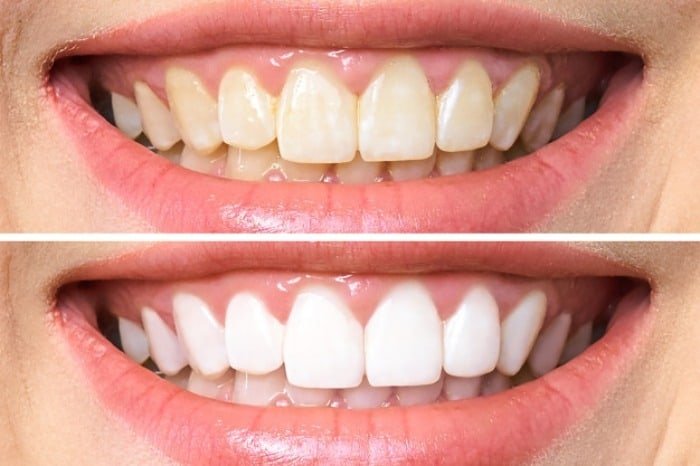
Other Contributing Factors to Teeth Discoloration
Yellowing of connective tissue:
Changes may occur in our liver that affect tooth color; however, this shouldn’t always be the primary concern. It is crucial to find the cause as soon as possible, though the possibilities are much broader than just liver issues.
Trauma:
In many cases, the alteration in tooth color results from falling or getting hit. This usually happens more often with front teeth, typically turning them gray, brown, or dark yellow.
Poor Dental Hygiene:
Additionally, improper brushing can darken tooth color because bacteria accumulate, leading to cavities and color changes. One of the most dangerous outcomes of such cavities is the potential complete loss of a portion of the tooth.
Foods and Medications
Some foods contain high levels of colorants, while high iron content in some others can lead to tooth discoloration, and these substances typically remain in the teeth and are hard to remove.
Tobacco Products:
Cigarettes can often cause tooth discoloration asnicotineenters the mouth, exposing smokers to various risks that can change the color of their teeth. Smoking often reduces blood flow, making individuals more susceptible to gum diseases.
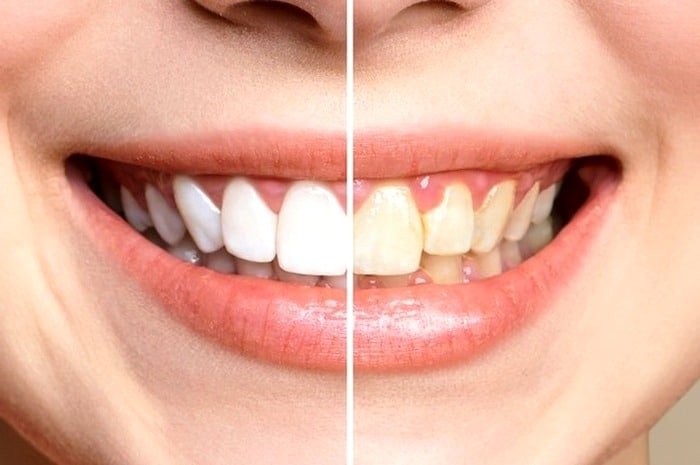
Prevention Tips for Avoiding Tooth Discoloration
Prevention is always better than cure, which is why SelMagz offers simple methods to help you protect your teeth from discoloration.
- Use all your teeth for chewing; this is the only way to strengthen them.
- Be sure to eat anapplebefore bed, and chew it thoroughly. You can also eat it after brushing your teeth.
- Avoid overconsumption of sweets, as they often lead to cavities and discoloration of teeth.
- If you smoke or use tobacco, make sure to use specialized fluoride products.
- Hydrogen peroxide is one of the best dental cleaners; you can put it on your toothbrush to enhance the whitening effect, and sodium perborate is also present in this substance, although it varies significantly. Use sodium perborate only under medical supervision.
- If you do not brush properly, your teeth will discolor. In such cases, it’s essential to have two toothbrushes: one for dry cleaning of the mouth and the other for use with toothpaste.
- It is crucial to maintain proper oral hygiene; usually, this approach is not recommended for aesthetics, and in truth, a lack of adequate dental hygiene can negatively affect overall dental health.
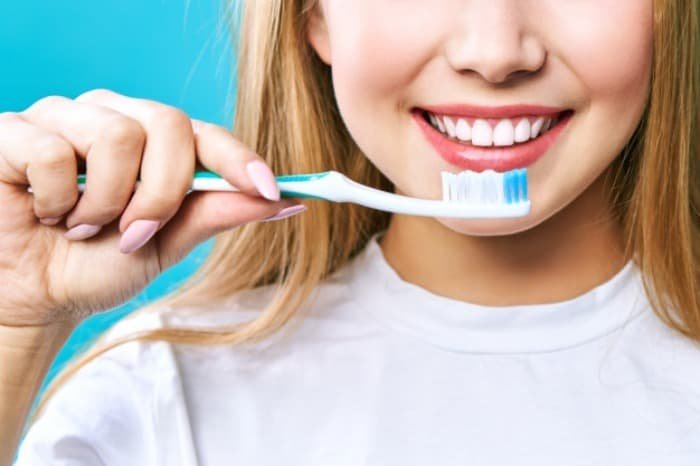
Treating Tooth Discoloration
Discoloration is often treated with bleaching. There is a technique called power bleaching where the dentist applies a whitening agent to the teeth, making them whiter in 30 to 45 minutes. Follow-up treatments may sometimes be necessary.
Tooth discoloration can also be treated with home bleaching gels and mouth guards prescribed by a dentist. These gels are designed for home use and are not as strong as those used by dentists, so the whitening process is slower, taking between two to four weeks to achieve desired results.
If your tooth root is darkened, the dentist will apply bleaching agents inside your tooth.
When a tooth is broken or severely damaged, bleaching may not be effective. In such cases, the dentist may opt to place a dental crown, which can be made from composite materials that match the color of surrounding teeth. Another available option is veneers, which are thin layers of ceramic that cover the outer surface of the tooth.



